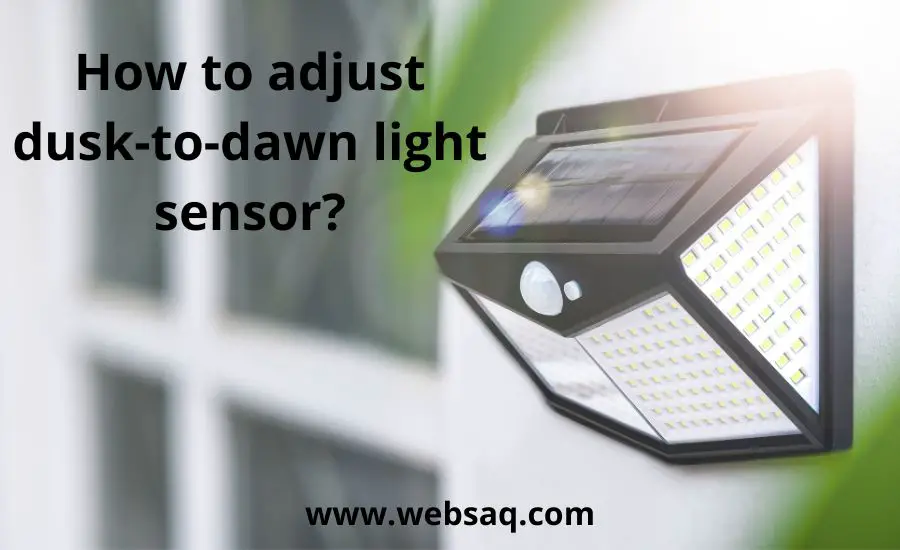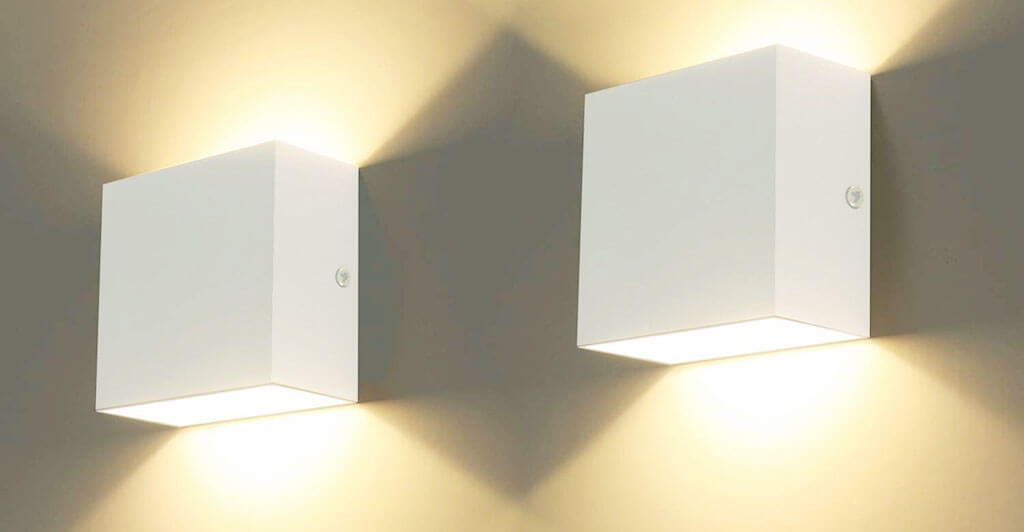Dusk-to-dawn light sensors are handy devices that automatically control the activation and deactivation of outdoor lights.
These sensors detect changes in ambient light and trigger the illumination of outdoor lighting fixtures as the sun sets, allowing for seamless and energy-efficient operation throughout the night. I will explore the various aspects of these light sensors and provide step-by-step instructions on how to adjust them for optimal performance.
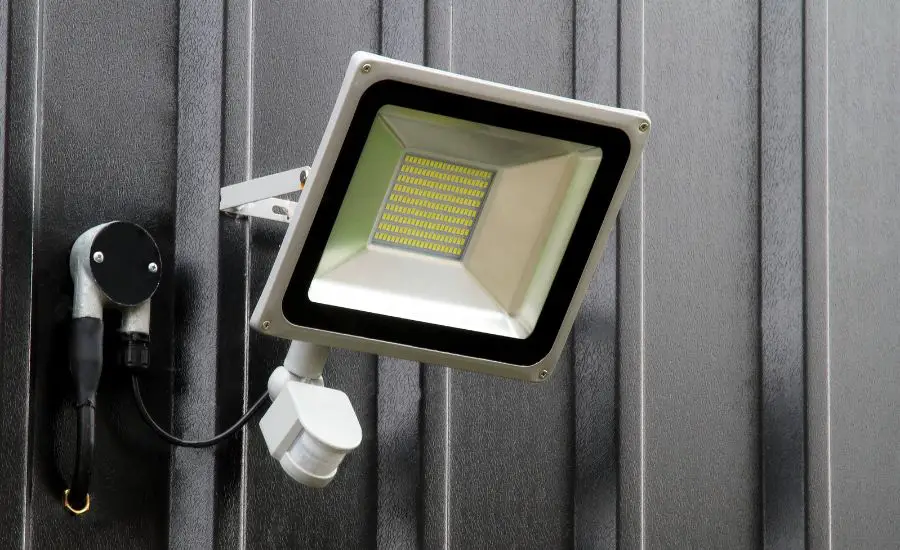
Understanding the function of a dusk-to-dawn light sensor
Before delving into the adjustment process, it is crucial to grasp the fundamental workings of a light sensor.
A motion and dawn sensor, are the components that respond to changes in the surrounding light levels.
Motion detectors are useful for detecting if there are any trespassers around your house since they react to motion.
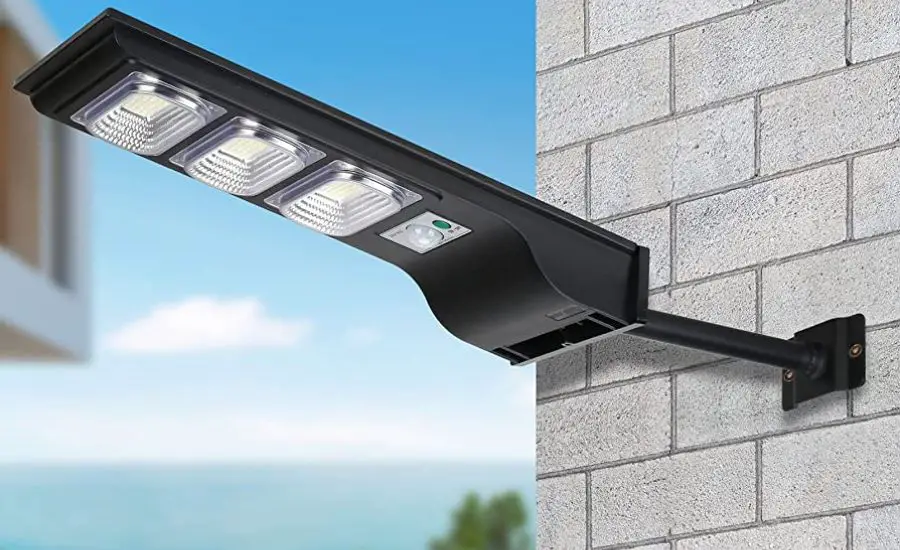
When the surrounding light diminishes to a certain level, when the sunset comes, the sensor detects it and activates the connected light fixture, ensuring illumination during dark or low-light conditions.
Dusk-to-dawn lights have gained popularity due to their ability to conserve electricity.
This ensures that outdoor lighting is only active when necessary, mostly after sunset, providing convenience, security, and electricity savings.
There is also a sensor switch, which is also an important part of the lighting system. The switch is used to turn the lights off and on when it is necessary.
When the natural light reaches a certain level the switch turns the lights off or on.
Now we can move to discuss how to adjust dusk to dawn light sensor.
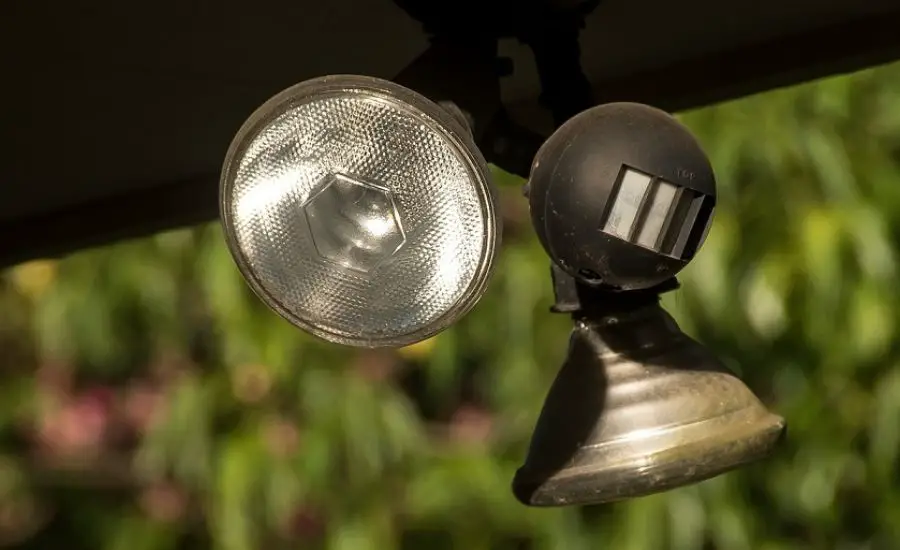
How to adjust dusk to dawn light sensor step-by-step
Now, let’s find out how to adjust dusk-to-dawn light sensor. Follow these steps to ensure your sensor is set up correctly and working optimally.
Step 1: Locate the light sensor
The first step is to identify the position of the light sensor.
In most cases, it is situated on top of the fixture or incorporated within the fixture itself.
The sensor is usually a small, round, or rectangular component with a lens that captures the surrounding light.
Step 2: Access the adjustment controls
Once you have located the sensor, it’s time to access the adjustment controls.
Depending on the specific model and manufacturer, these controls may vary.
However, they are typically located near the sensor or within the light-fitting housing.
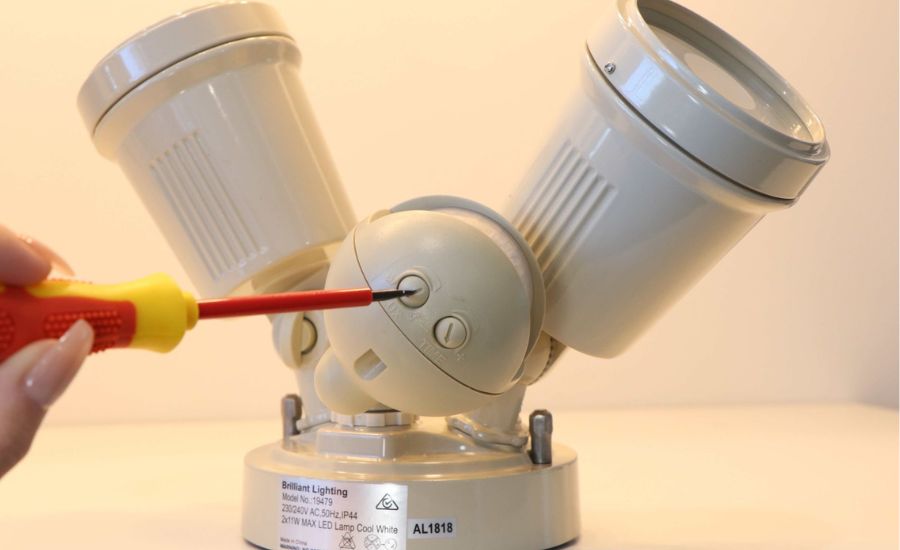
Step 3: Adjust the sensitivity
Sensitivity adjustment is crucial to optimizing the dusk-to-dawn light sensor.
It determines the brightness level at which the sensor triggers the lights to turn on or off.
To adjust dusk-to-down sensor’s sensitivity, use a screwdriver or a small tool as per the manufacturer’s instructions.
To increase the sensitivity, turn the adjustment control in the desired direction.
This adjustment allows the sensor to respond to lower levels of natural light, ensuring that the lights activate earlier in the evening.
To decrease the sensitivity, adjust the control in the opposite direction.
This modification makes the sensor less responsive to low brightness levels, delaying the activation of the lights until it becomes darker.
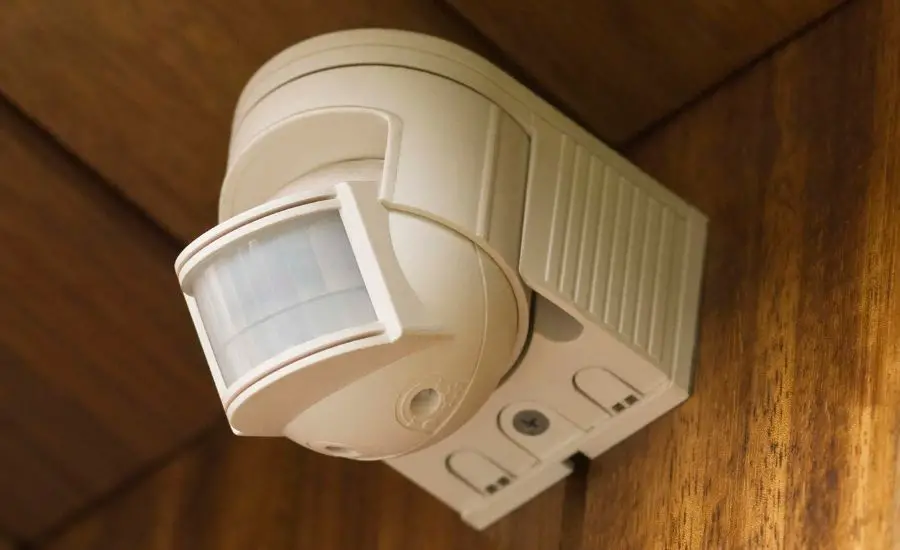
Step 4: Test the sensor
After adjusting the sensitivity, it is important to test the sensor to ensure it is functioning properly.
Cover the sensor with your hand or dark cloth to simulate darkness and check if the lights turn on.
Step 5: Fine-tuning the adjustment
If the sensor does not respond as desired during the testing phase, it may be necessary to fine-tune the adjustment.
Make small changes to the sensitivity until the outdoor lights activate and deactivate at the desired illumination levels.
While fine-tuning the adjustment you can the circuit diagram to find out where you need to change the sensitivity.
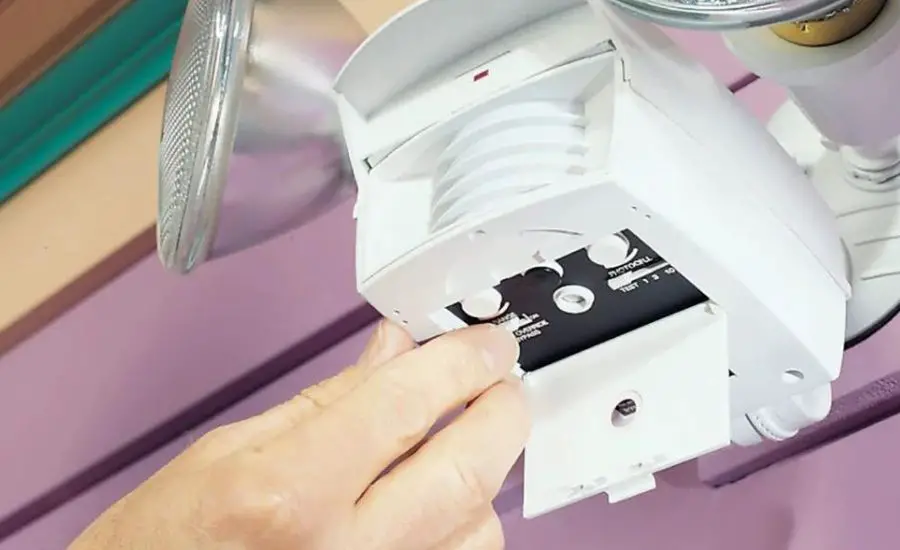
Additional considerations for dusk to dawn lights
To adjust dusk-to-dawn sensor, it is also essential to keep a few additional factors in mind for optimal performance.
Maintenance
Regularly clean the sensor’s lens and ensure it is free from dirt, dust, or obstructions.
A dirty lens can interfere with the sensor’s ability to accurately detect illumination levels.
Light bulbs
Choose light bulbs that are compatible with the dusk-to-dawn sensor.
LED light bulb is often recommended for its energy efficiency and long lifespan.
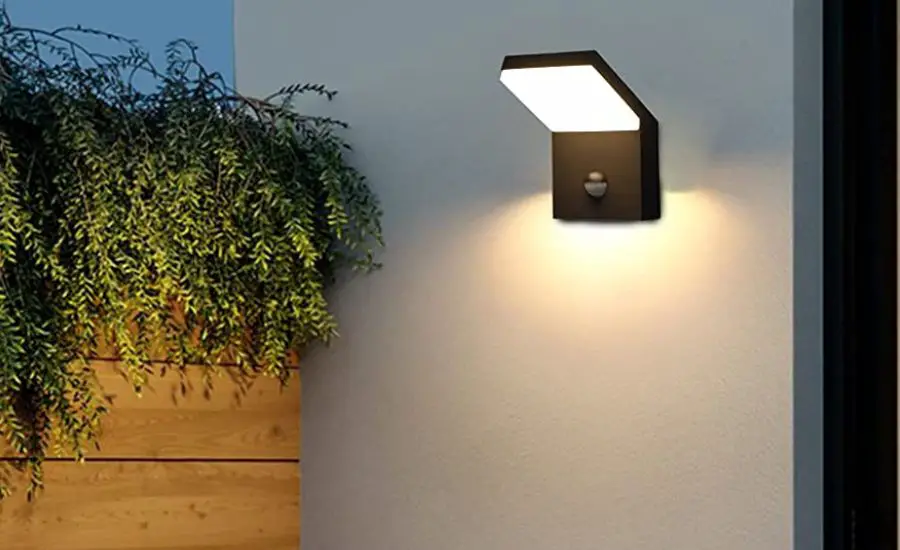
Motion sensors and motion detectors
Some dusk-to dawn-lights come with integrated motion sensors or motion detectors.
If your light fixture has these features, ensure they are adjusted properly to avoid unnecessary activation during the night.
Power interruptions
In the event of a power outage or interruption, the light sensor may need to be readjusted.
Always verify the settings after such incidents to ensure the sensor continues working as intended.
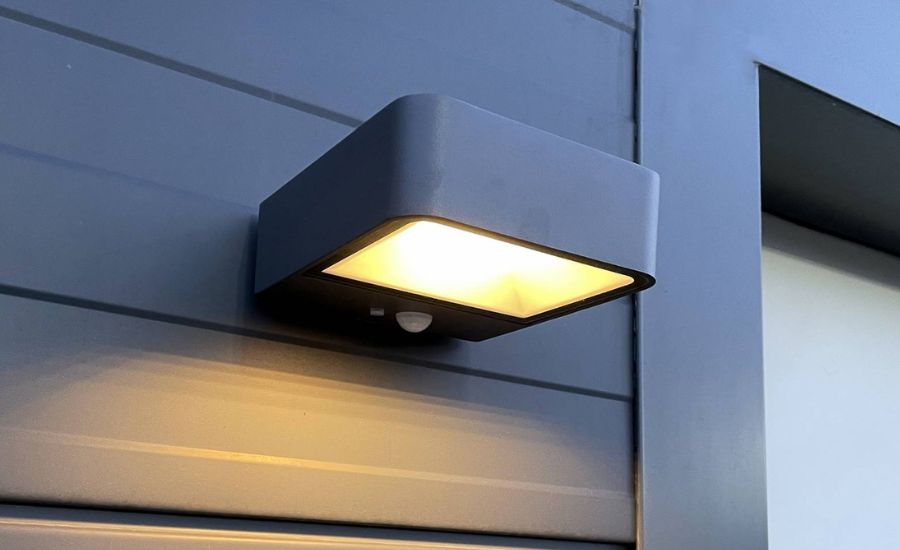
Dusk to dawn light sensor troubleshooting
If you’re experiencing troubles with your dusk-to-dawn sensor, there are some helpful tips you can use to address the issue.
If your lights are not activating or deactivating at the desired times, you may need to adjust the sensitivity of the sensor.
Most of them have a sensitivity adjustment feature, such as a dial or switch.
Confirm the working hours of your particular detector.
Some detectors activate at sunset and deactivate at sunrise, while others may have specific time frames.
Take into account other light sources in the vicinity that may affect the sensor’s functionality.
Bright streetlights, neighboring buildings, or car headlights can sometimes interfere with the sensor’s ability to detect the appropriate illumination levels.
Additionally, if your dusk-to-dawn sensor includes motion detectors, ensure that these are properly configured and working properly.
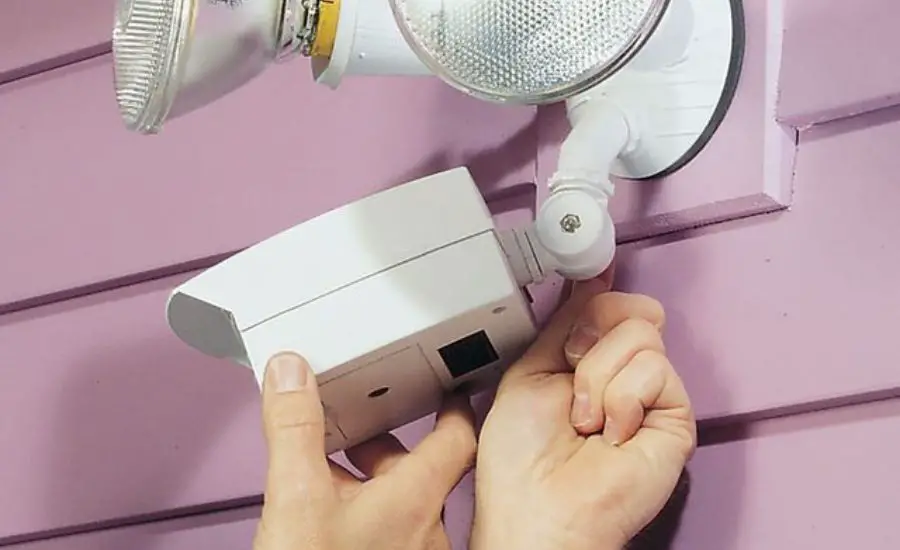
Conclusion
Adjusting a dusk-to-dawn light sensor is a relatively simple process that can significantly enhance the functionality and efficiency of your outdoor lighting system.
By correctly setting the sensitivity and conducting thorough testing, and adjusting the switch, you can ensure that your lights respond to changes in ambient light levels accurately and provide the desired illumination from dusk to dawn.
Remember to consider additional factors such as maintenance, light bulb compatibility, and an integrated motion sensor to maximize the benefits of your dusk-to-dawn lighting setup.
I hope that my instructions helped you to find out how to adjust dusk to dawn light sensor.
Frequently asked questions
Yes, a dusk-to-dawn sensor is adjustable, allowing you to customize its sensitivity and the amount of natural light needed for them to activate or deactivate.
Dusk-to-dawn lights may stay on due to various reasons. One common cause is an obstructed or mispositioned sensor. It’s important to ensure that the dusk-to-dawn sensor is properly positioned and not blocked by objects such as branches or debris.
Additionally, a faulty detector or switch can also contribute to this issue. Power or wiring issues should also be considered, as they can disrupt the proper functioning of the dusk-to-dawn lights and result in them staying on.
You will need to use the switch to reset your outdoor dusk-to-dawn lights. Start by turning off the electricity supply at the main switch or circuit breaker.
Leave the light switch in the “off” position and wait for a few minutes to ensure that any residual power is discharged. After the waiting period, turn the electricity back on and flip the wall switch to the “on” position.

Here, I provide valuable insights into the lighting industry, drawing from 12 years of experience. My aim is to share useful and practical tips, life hacks, and comprehensive product reviews. I hope that collective expertise, advice, and recommendations prove beneficial to you.

